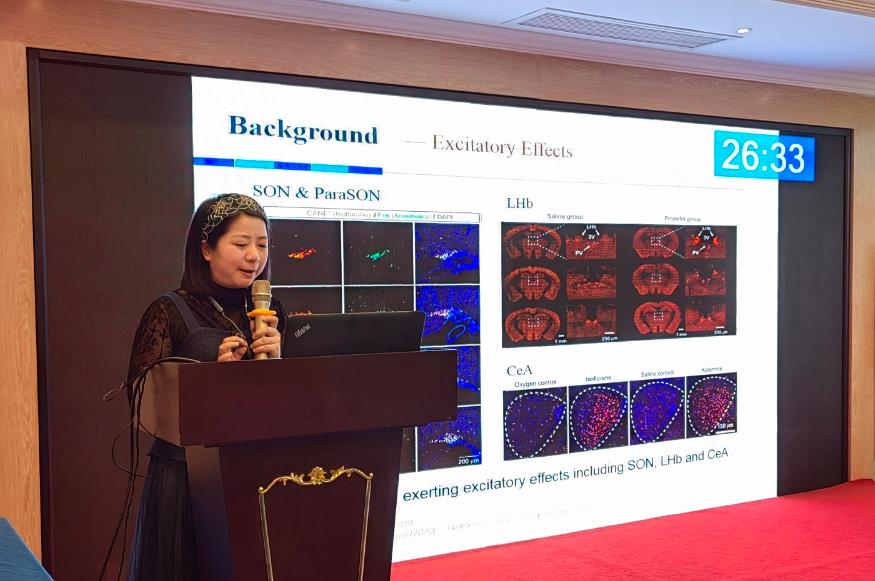Breakthrough Discovery: New Target Activated by General Anesthetic Sevoflurane
A recent study has identified a new target activated by the general anesthetic sevoflurane, shedding light on a new cellular and molecular mechanism underlying its effect. This discovery, recently published online in the international journal Advanced Science, could provide a theoretical foundation for developing antagonists to inhaled anesthetics. The research was conducted by Yi Tingting, Deputy Chief Physician of the Department of Anesthesiology at Yongchuan Hospital Affiliated to Chongqing Medical University.

Understanding the mechanisms of action of anesthetics is crucial for optimizing anesthetic application and managing anesthesia-related complications and adverse effects. Antagonists are commonly used to speed up patient recovery after general anesthesia. However, there are currently no clinically available antagonists for inhaled anesthetics.
This study finds that activating the growth hormone secretagogue receptor (GHSR) on urocortin 1 (UCN1) neurons within the Edinger-Westphal nucleus promotes sleep under physiological conditions. It also reveals that this receptor is significantly activated during general anesthesia with sevoflurane. Inhibiting this group of neurons or antagonizing this receptor significantly reduces the anesthetic effects of both sevoflurane and desflurane, markedly shortening recovery time.
Furthermore, the study offers a new cellular and molecular mechanism underlying the sleep-promoting effect of ghrelin, an endogenous ligand for GHSR. These findings reveal new cellular and molecular targets that could lead to improved anesthetics and new sleep-promoting drugs.